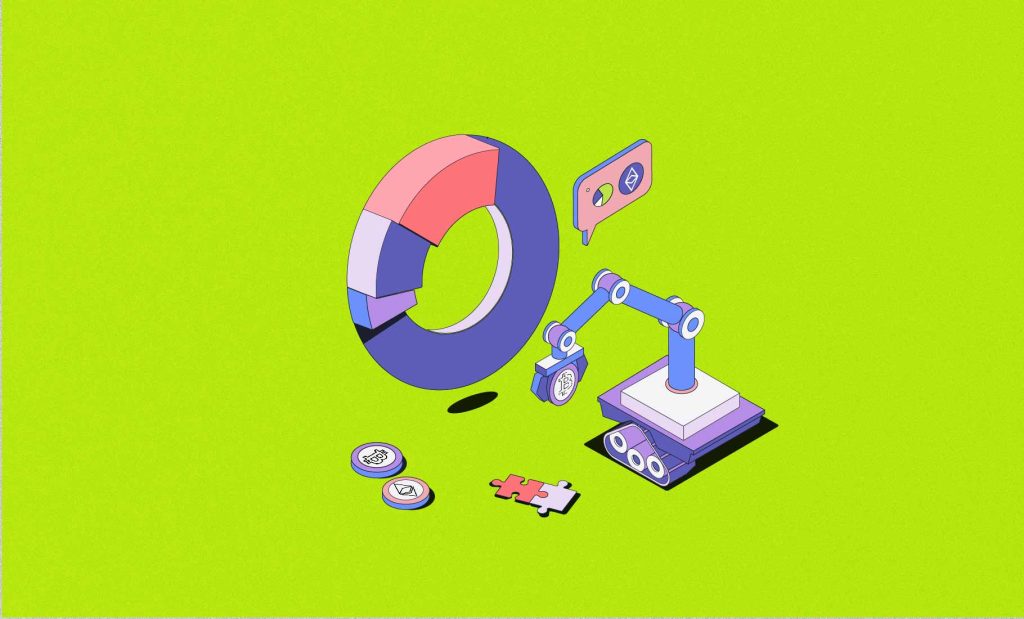Crypto investing has become popular in the last few years thanks to the potential for high rewards. More than 115 million people invest in crypto in India alone, according to an estimate. Given investor fascination with this relatively new asset class, it would be pertinent to understand how to select the best crypto for long-term investing and build a balanced portfolio that suits your individual preferences.
What is a crypto portfolio?
A crypto portfolio is a collection or inventory of your crypto assets. These portfolios can be hosted professionally on management software or tracked informally. In order to create a crypto portfolio that works for you, you need to figure out your investment goals first.
Investor profile does matter when it comes to deciding the mode of investing. For instance, a young investor with medium capital will have different goals than a seasoned investor with money to burn. Identifying your preferences, risk profile, and expected returns is important.
How many cryptos should you hold in your portfolio?
Conventional investments can drive even seasoned investors crazy, given the plethora of options. The cryptosphere is even crazier given the sheer number of coins—around 19,000 or thereabouts. Each has different goals, strategies, finances, and prices. Investing in all of them is practically impossible and clearly unwise.
A practical strategy would be to find coins and tokens that fit your profile and goals. You would be better off investing in smaller tokens if you can take more risk for higher returns. Likewise, if crypto is a small part of your overall (mostly conservative) portfolio, it’s better to stick to big projects with billions in market cap.
There is no rule of thumb on the number of cryptos an investor should have to build a well-balanced portfolio. However, a study found that investors can reap benefits if they hold about 20 assets in their basket. Yet, this is not set in stone, and it is advisable to zero in on a number that helps you meet your goals best.
How to build the best crypto portfolio
Let’s get down to brass tacks now. Here are some things you need to keep in mind when selecting the best crypto for long-term investing:
Do your own research (DYOR)
The first step in building your portfolio is conducting proper market research. Essentially, you should always spend some time researching the coins you’re thinking of investing in and eliminating the ones you don’t.
Market research doesn’t have to be limited to specific coins or projects. A broader view of top coins’ performance will signal if it’s the right time to invest. If the knife’s falling, goes the time-tested investment advice, don’t try to catch it. In other words, investors should wait for the price of an asset to bottom before making the purchase.
For instance, if you’ve missed the bull market, it’s advisable to wait until prices are more reasonable instead of buying at the top and waiting for another rally. On the other hand, the worst time to sell is in the middle of a bear market. Knowing when to accumulate and sell is very important in the broader scheme of things.
Diversify your investments
Diversification is a logical thing to do when dealing with investments. They are of two types: external and internal. When deploying capital, you should divide it between different asset classes—stocks, cryptocurrencies, bonds, real estate, and cash—that have different risk profiles. That is external diversification for you. Conversely, internal diversification is buying different tokens within each specific asset class—like buying a combination of Bitcoin, Ethereum, and Ripple within the crypto bucket.
Spreading your bets reduces your exposure to any particular asset class or a token within each class in case something goes terribly wrong. It will help if you diversify intelligently—make sure your assets aren’t connected to each other’s movements directly. If you have a diverse portfolio, you shouldn’t have problems hedging your losses when times are tough.
Pick your projects carefully
When choosing the best crypto for long-term investing, choose ones with a strong team, foundations, and ideals. The project has to be sound, above all else. The filtering process will also help you decide if the specific project fits into your portfolio and to what extent.
- The coin’s vision, for instance, is a very big indicator of its health. If you believe that the problem they’re trying to solve is tangible and that the solution is sound, there is a reason to invest.
- The coin’s numbers are also important. Pay special attention to transaction times, scalability, future utility, interoperability, and supply chain metrics.
Rebalance your portfolio
Deciding on the right portfolio mix is only one part of asset allocation. Regular rebalancing is required to keep your portfolio healthy, considering factors that can affect the prices of the assets you hold. For instance, exceptional returns require constant attention—both in terms of consuming new knowledge and rebalancing in light of new data. You need to keep an eye on macroeconomic indicators to ensure that your portfolio is always well-balanced.
Conclusion
Keep it simple when it comes to investments. Don’t put all your eggs in one basket is the golden rule that applies to conventional investments and crypto holdings alike. Do your research, diversify your holdings across different crypto baskets, and rebalance periodically. Professional tools can come in handy to keep track of your portfolio. Simple Excel sheets or good old paper could also do. Happy investing!








